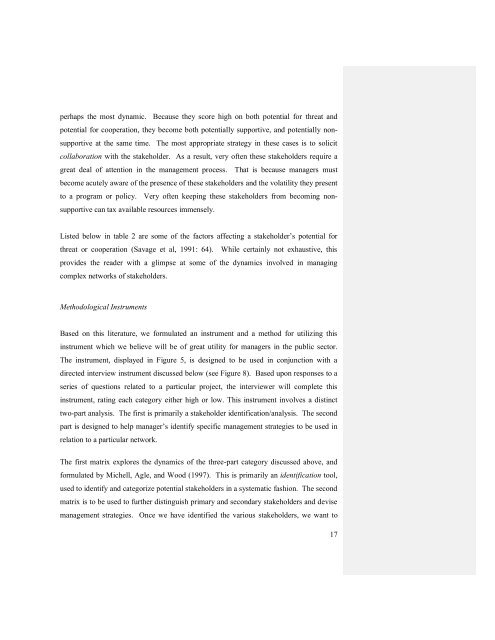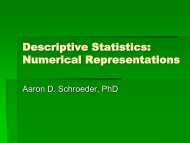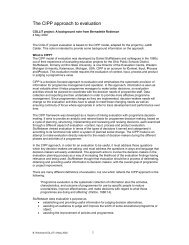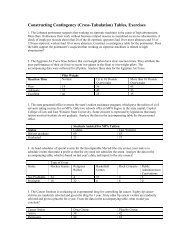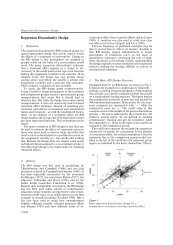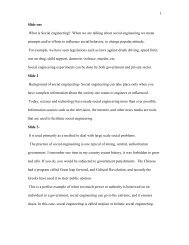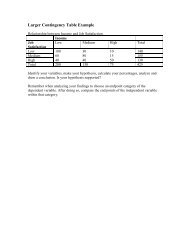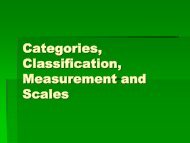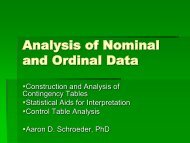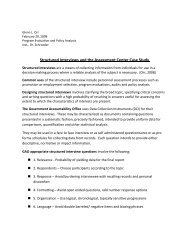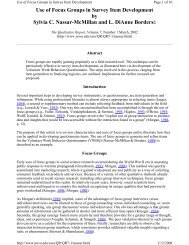The Problem
The Problem
The Problem
You also want an ePaper? Increase the reach of your titles
YUMPU automatically turns print PDFs into web optimized ePapers that Google loves.
perhaps the most dynamic. Because they score high on both potential for threat and<br />
potential for cooperation, they become both potentially supportive, and potentially nonsupportive<br />
at the same time. <strong>The</strong> most appropriate strategy in these cases is to solicit<br />
collaboration with the stakeholder. As a result, very often these stakeholders require a<br />
great deal of attention in the management process. That is because managers must<br />
become acutely aware of the presence of these stakeholders and the volatility they present<br />
to a program or policy. Very often keeping these stakeholders from becoming nonsupportive<br />
can tax available resources immensely.<br />
Listed below in table 2 are some of the factors affecting a stakeholder’s potential for<br />
threat or cooperation (Savage et al, 1991: 64). While certainly not exhaustive, this<br />
provides the reader with a glimpse at some of the dynamics involved in managing<br />
complex networks of stakeholders.<br />
Methodological Instruments<br />
Based on this literature, we formulated an instrument and a method for utilizing this<br />
instrument which we believe will be of great utility for managers in the public sector.<br />
<strong>The</strong> instrument, displayed in Figure 5, is designed to be used in conjunction with a<br />
directed interview instrument discussed below (see Figure 8). Based upon responses to a<br />
series of questions related to a particular project, the interviewer will complete this<br />
instrument, rating each category either high or low. This instrument involves a distinct<br />
two-part analysis. <strong>The</strong> first is primarily a stakeholder identification/analysis. <strong>The</strong> second<br />
part is designed to help manager’s identify specific management strategies to be used in<br />
relation to a particular network.<br />
<strong>The</strong> first matrix explores the dynamics of the three-part category discussed above, and<br />
formulated by Michell, Agle, and Wood (1997). This is primarily an identification tool,<br />
used to identify and categorize potential stakeholders in a systematic fashion. <strong>The</strong> second<br />
matrix is to be used to further distinguish primary and secondary stakeholders and devise<br />
management strategies. Once we have identified the various stakeholders, we want to<br />
17


